Xuefeng Chen
Atomic Norm Soft Thresholding for Sparse Time-frequency Representation
Jan 14, 2025Abstract:Time-frequency (TF) representation of non-stationary signals typically requires the effective concentration of energy distribution along the instantaneous frequency (IF) ridge, which exhibits intrinsic sparsity. Inspired by the sparse optimization over continuum via atomic norm, a novel atomic norm soft thresholding for sparse TF representation (AST-STF) method is proposed, which ensures accurate TF localization under the strong duality. Numerical experiments demonstrate that the performance of the proposed method surpasses that of conventional methods.
Small Object Few-shot Segmentation for Vision-based Industrial Inspection
Jul 31, 2024



Abstract:Vision-based industrial inspection (VII) aims to locate defects quickly and accurately. Supervised learning under a close-set setting and industrial anomaly detection, as two common paradigms in VII, face different problems in practical applications. The former is that various and sufficient defects are difficult to obtain, while the latter is that specific defects cannot be located. To solve these problems, in this paper, we focus on the few-shot semantic segmentation (FSS) method, which can locate unseen defects conditioned on a few annotations without retraining. Compared to common objects in natural images, the defects in VII are small. This brings two problems to current FSS methods: 1 distortion of target semantics and 2 many false positives for backgrounds. To alleviate these problems, we propose a small object few-shot segmentation (SOFS) model. The key idea for alleviating 1 is to avoid the resizing of the original image and correctly indicate the intensity of target semantics. SOFS achieves this idea via the non-resizing procedure and the prototype intensity downsampling of support annotations. To alleviate 2, we design an abnormal prior map in SOFS to guide the model to reduce false positives and propose a mixed normal Dice loss to preferentially prevent the model from predicting false positives. SOFS can achieve FSS and few-shot anomaly detection determined by support masks. Diverse experiments substantiate the superior performance of SOFS. Code is available at https://github.com/zhangzilongc/SOFS.
CA2: Class-Agnostic Adaptive Feature Adaptation for One-class Classification
Sep 04, 2023



Abstract:One-class classification (OCC), i.e., identifying whether an example belongs to the same distribution as the training data, is essential for deploying machine learning models in the real world. Adapting the pre-trained features on the target dataset has proven to be a promising paradigm for improving OCC performance. Existing methods are constrained by assumptions about the number of classes. This contradicts the real scenario where the number of classes is unknown. In this work, we propose a simple class-agnostic adaptive feature adaptation method (CA2). We generalize the center-based method to unknown classes and optimize this objective based on the prior existing in the pre-trained network, i.e., pre-trained features that belong to the same class are adjacent. CA2 is validated to consistently improve OCC performance across a spectrum of training data classes, spanning from 1 to 1024, outperforming current state-of-the-art methods. Code is available at https://github.com/zhangzilongc/CA2.
A Novel Unsupervised Graph Wavelet Autoencoder for Mechanical System Fault Detection
Jul 20, 2023Abstract:Reliable fault detection is an essential requirement for safe and efficient operation of complex mechanical systems in various industrial applications. Despite the abundance of existing approaches and the maturity of the fault detection research field, the interdependencies between condition monitoring data have often been overlooked. Recently, graph neural networks have been proposed as a solution for learning the interdependencies among data, and the graph autoencoder (GAE) architecture, similar to standard autoencoders, has gained widespread use in fault detection. However, both the GAE and the graph variational autoencoder (GVAE) have fixed receptive fields, limiting their ability to extract multiscale features and model performance. To overcome these limitations, we propose two graph neural network models: the graph wavelet autoencoder (GWAE), and the graph wavelet variational autoencoder (GWVAE). GWAE consists mainly of the spectral graph wavelet convolutional (SGWConv) encoder and a feature decoder, while GWVAE is the variational form of GWAE. The developed SGWConv is built upon the spectral graph wavelet transform which can realize multiscale feature extraction by decomposing the graph signal into one scaling function coefficient and several spectral graph wavelet coefficients. To achieve unsupervised mechanical system fault detection, we transform the collected system signals into PathGraph by considering the neighboring relationships of each data sample. Fault detection is then achieved by evaluating the reconstruction errors of normal and abnormal samples. We carried out experiments on two condition monitoring datasets collected from fuel control systems and one acoustic monitoring dataset from a valve. The results show that the proposed methods improve the performance by around 3%~4% compared to the comparison methods.
Industrial Anomaly Detection with Domain Shift: A Real-world Dataset and Masked Multi-scale Reconstruction
Apr 05, 2023



Abstract:Industrial anomaly detection (IAD) is crucial for automating industrial quality inspection. The diversity of the datasets is the foundation for developing comprehensive IAD algorithms. Existing IAD datasets focus on the diversity of data categories, overlooking the diversity of domains within the same data category. In this paper, to bridge this gap, we propose the Aero-engine Blade Anomaly Detection (AeBAD) dataset, consisting of two sub-datasets: the single-blade dataset and the video anomaly detection dataset of blades. Compared to existing datasets, AeBAD has the following two characteristics: 1.) The target samples are not aligned and at different scales. 2.) There is a domain shift between the distribution of normal samples in the test set and the training set, where the domain shifts are mainly caused by the changes in illumination and view. Based on this dataset, we observe that current state-of-the-art (SOTA) IAD methods exhibit limitations when the domain of normal samples in the test set undergoes a shift. To address this issue, we propose a novel method called masked multi-scale reconstruction (MMR), which enhances the model's capacity to deduce causality among patches in normal samples by a masked reconstruction task. MMR achieves superior performance compared to SOTA methods on the AeBAD dataset. Furthermore, MMR achieves competitive performance with SOTA methods to detect the anomalies of different types on the MVTec AD dataset. Code and dataset are available at https://github.com/zhangzilongc/MMR.
Filter-informed Spectral Graph Wavelet Networks for Multiscale Feature Extraction and Intelligent Fault Diagnosis
Mar 27, 2023



Abstract:Intelligent fault diagnosis has been increasingly improved with the evolution of deep learning (DL) approaches. Recently, the emerging graph neural networks (GNNs) have also been introduced in the field of fault diagnosis with the goal to make better use of the inductive bias of the interdependencies between the different sensor measurements. However, there are some limitations with these GNN-based fault diagnosis methods. First, they lack the ability to realize multiscale feature extraction due to the fixed receptive field of GNNs. Secondly, they eventually encounter the over-smoothing problem with increase of model depth. Lastly, the extracted features of these GNNs are hard to understand owing to the black-box nature of GNNs. To address these issues, a filter-informed spectral graph wavelet network (SGWN) is proposed in this paper. In SGWN, the spectral graph wavelet convolutional (SGWConv) layer is established upon the spectral graph wavelet transform, which can decompose a graph signal into scaling function coefficients and spectral graph wavelet coefficients. With the help of SGWConv, SGWN is able to prevent the over-smoothing problem caused by long-range low-pass filtering, by simultaneously extracting low-pass and band-pass features. Furthermore, to speed up the computation of SGWN, the scaling kernel function and graph wavelet kernel function in SGWConv are approximated by the Chebyshev polynomials. The effectiveness of the proposed SGWN is evaluated on the collected solenoid valve dataset and aero-engine intershaft bearing dataset. The experimental results show that SGWN can outperform the comparative methods in both diagnostic accuracy and the ability to prevent over-smoothing. Moreover, its extracted features are also interpretable with domain knowledge.
Superpixel Perception Graph Neural Network for Intelligent Defect Detection
Oct 14, 2022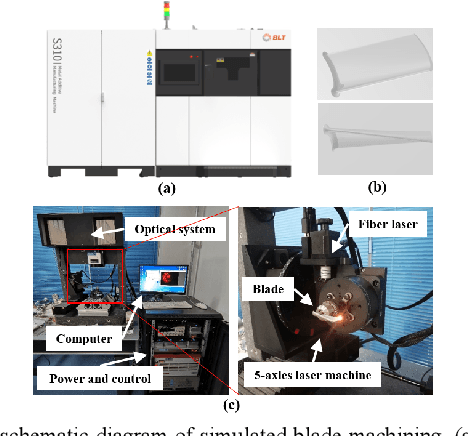
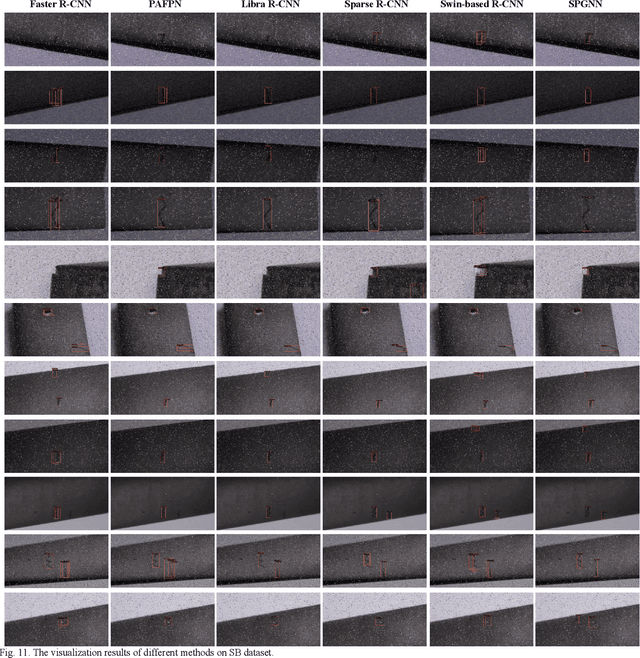
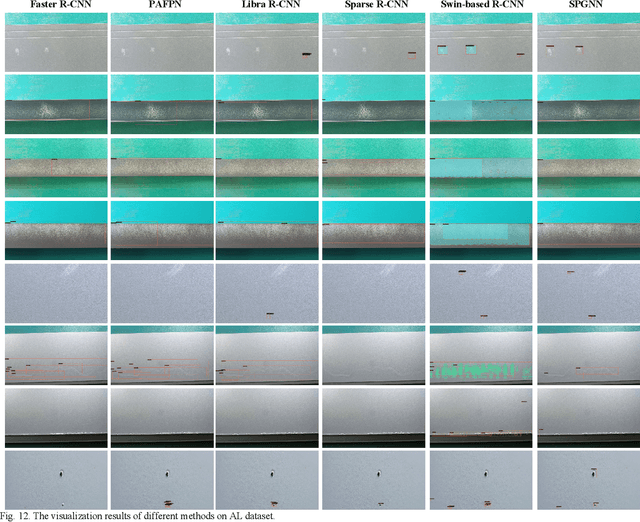
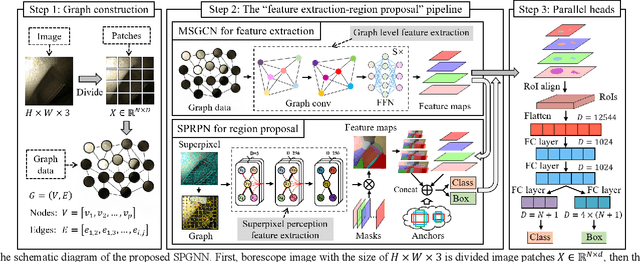
Abstract:Aero-engine is the core component of aircraft and other spacecraft. The high-speed rotating blades provide power by sucking in air and fully combusting, and various defects will inevitably occur, threatening the operation safety of aero-engine. Therefore, regular inspections are essential for such a complex system. However, existing traditional technology which is borescope inspection is labor-intensive, time-consuming, and experience-dependent. To endow this technology with intelligence, a novel superpixel perception graph neural network (SPGNN) is proposed by utilizing a multi-stage graph convolutional network (MSGCN) for feature extraction and superpixel perception region proposal network (SPRPN) for region proposal. First, to capture complex and irregular textures, the images are transformed into a series of patches, to obtain their graph representations. Then, MSGCN composed of several GCN blocks extracts graph structure features and performs graph information processing at graph level. Last but not least, the SPRPN is proposed to generate perceptual bounding boxes by fusing graph representation features and superpixel perception features. Therefore, the proposed SPGNN always implements feature extraction and information transmission at the graph level in the whole SPGNN pipeline, and SPRPN and MSGNN mutually benefit from each other. To verify the effectiveness of SPGNN, we meticulously construct a simulated blade dataset with 3000 images. A public aluminum dataset is also used to validate the performances of different methods. The experimental results demonstrate that the proposed SPGNN has superior performance compared with the state-of-the-art methods. The source code will be available at https://github.com/githbshang/SPGNN.
Deep Learning Algorithms for Rotating Machinery Intelligent Diagnosis: An Open Source Benchmark Study
Mar 06, 2020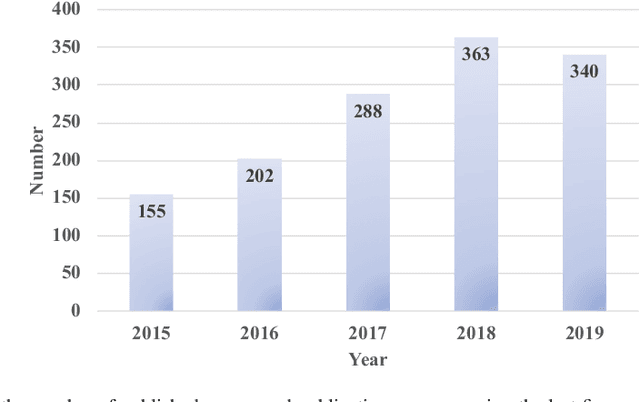


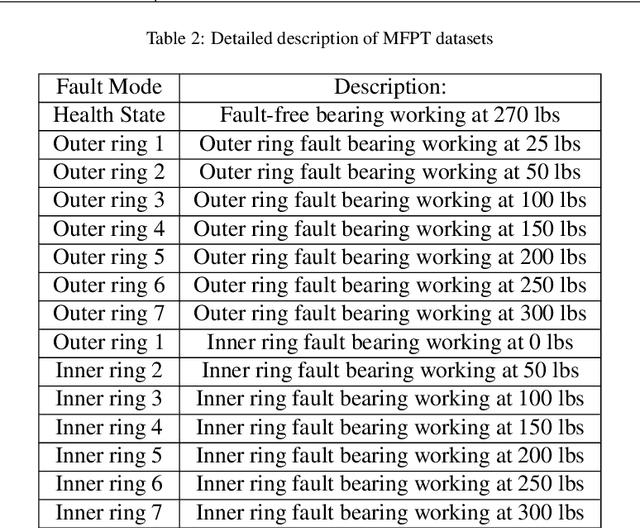
Abstract:With the development of artificial intelligence and deep learning (DL) techniques, rotating machinery intelligent diagnosis has gone through tremendous progress with verified success and the classification accuracies of many DL-based intelligent diagnosis algorithms are tending to 100\%. However, different datasets, configurations, and hyper-parameters are often recommended to be used in performance verification for different types of models, and few open source codes are made public for evaluation and comparisons. Therefore, unfair comparisons and ineffective improvement may exist in rotating machinery intelligent diagnosis, which limits the advancement of this field. To address these issues, we perform an extensive evaluation of four kinds of models with various datasets to provide a benchmark study within the same framework. In this paper, we first gather most of the publicly available datasets and give the complete benchmark study of DL-based intelligent algorithms under two data split strategies, five input formats, three normalization methods, and four augmentation methods. Second, we integrate the whole evaluation codes into a code library and release this code library to the public for better development of this field. Third, we use the specific-designed cases to point out the existing issues, including class imbalance, generalization ability, interpretability, few-shot learning, and model selection. By these works, we release a unified code framework for comparing and testing models fairly and quickly, emphasize the importance of open source codes, provide the baseline accuracy (a lower bound) to avoid useless improvement, and discuss potential future directions in this field. The code library is available at \url{https://github.com/ZhaoZhibin/DL-based-Intelligent-Diagnosis-Benchmark}.
Unsupervised Deep Transfer Learning for Intelligent Fault Diagnosis: An Open Source and Comparative Study
Dec 28, 2019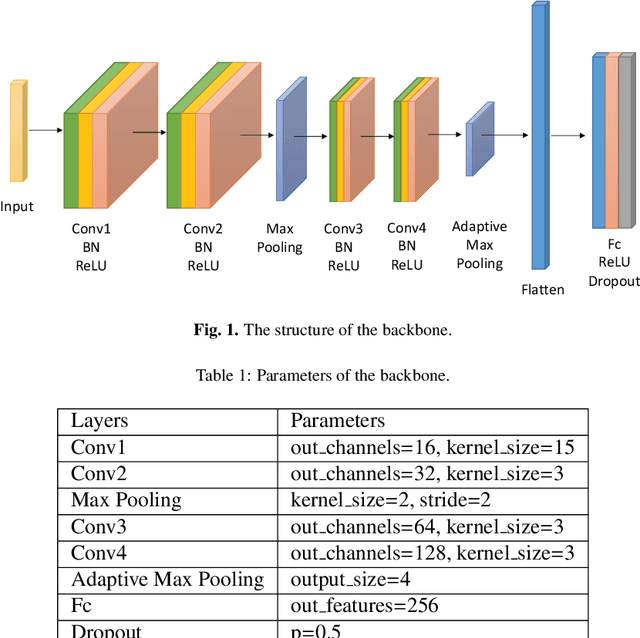
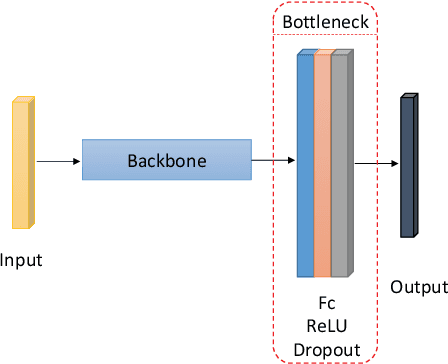
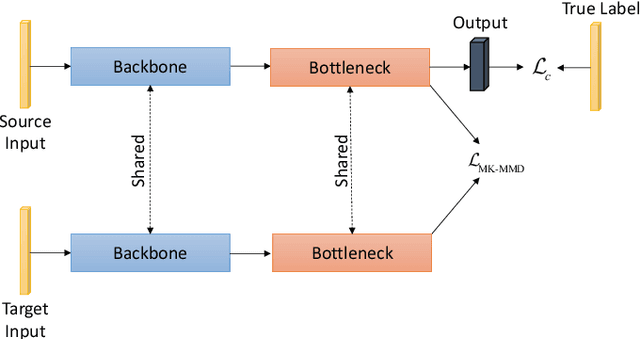
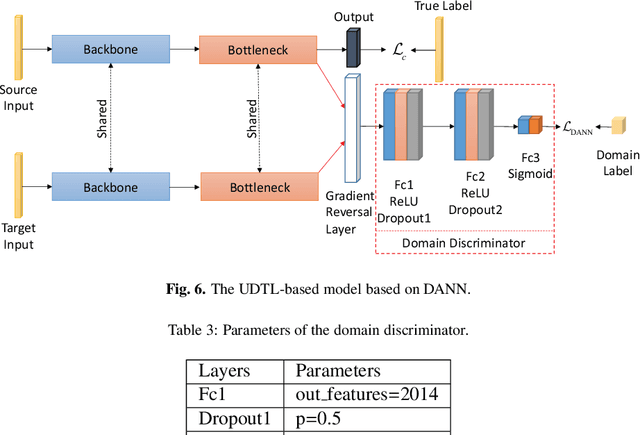
Abstract:Recent progress on intelligent fault diagnosis has greatly depended on the deep learning and plenty of labeled data. However, the machine often operates with various working conditions or the target task has different distributions with the collected data used for training (we called the domain shift problem). This leads to the deep transfer learning based (DTL-based) intelligent fault diagnosis which attempts to remit this domain shift problem. Besides, the newly collected testing data are usually unlabeled, which results in the subclass DTL-based methods called unsupervised deep transfer learning based (UDTL-based) intelligent fault diagnosis. Although it has achieved huge development in the field of fault diagnosis, a standard and open source code framework and a comparative study for UDTL-based intelligent fault diagnosis are not yet established. In this paper, commonly used UDTL-based algorithms in intelligent fault diagnosis are integrated into a unified testing framework and the framework is tested on five datasets. Extensive experiments are performed to provide a systematically comparative analysis and the benchmark accuracy for more comparable and meaningful further studies. To emphasize the importance and reproducibility of UDTL-based intelligent fault diagnosis, the testing framework with source codes will be released to the research community to facilitate future research. Finally, comparative analysis of results also reveals some open and essential issues in DTL for intelligent fault diagnosis which are rarely studied including transferability of features, influence of backbones, negative transfer, and physical priors. In summary, the released framework and comparative study can serve as an extended interface and the benchmark results to carry out new studies on UDTL-based intelligent fault diagnosis. The code framework is available at https://github.com/ZhaoZhibin/UDTL.
WaveletKernelNet: An Interpretable Deep Neural Network for Industrial Intelligent Diagnosis
Nov 23, 2019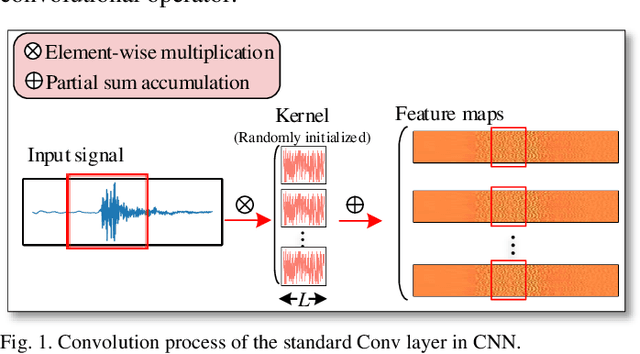

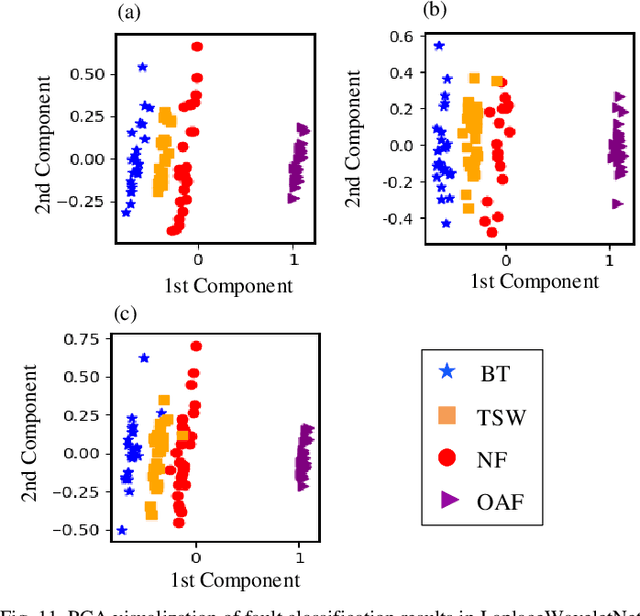
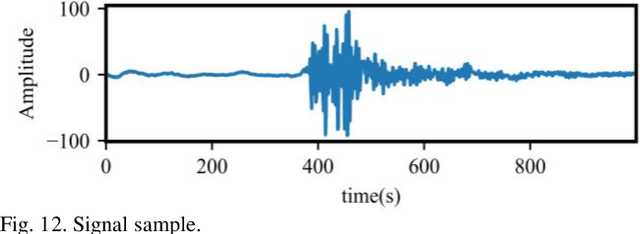
Abstract:Convolutional neural network (CNN), with ability of feature learning and nonlinear mapping, has demonstrated its effectiveness in prognostics and health management (PHM). However, explanation on the physical meaning of a CNN architecture has rarely been studied. In this paper, a novel wavelet driven deep neural network termed as WaveletKernelNet (WKN) is presented, where a continuous wavelet convolutional (CWConv) layer is designed to replace the first convolutional layer of the standard CNN. This enables the first CWConv layer to discover more meaningful filters. Furthermore, only the scale parameter and translation parameter are directly learned from raw data at this CWConv layer. This provides a very effective way to obtain a customized filter bank, specifically tuned for extracting defect-related impact component embedded in the vibration signal. In addition, three experimental verification using data from laboratory environment are carried out to verify effectiveness of the proposed method for mechanical fault diagnosis. The results show the importance of the designed CWConv layer and the output of CWConv layer is interpretable. Besides, it is found that WKN has fewer parameters, higher fault classification accuracy and faster convergence speed than standard CNN.
 Add to Chrome
Add to Chrome Add to Firefox
Add to Firefox Add to Edge
Add to Edge